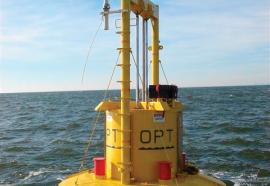The Change in Profit Climate
How will carbon-emissions policies affect the generation fleet?
Any climate policy is almost certain to target the electric-power industry, which is responsible for about 38 percent of U.S. CO2 emissions. Said policy especially would affect coal-fired power plants, which contribute about 82 percent of the electric power CO2 total. How would various policy options change the economic value of current and proposed generation assets?







